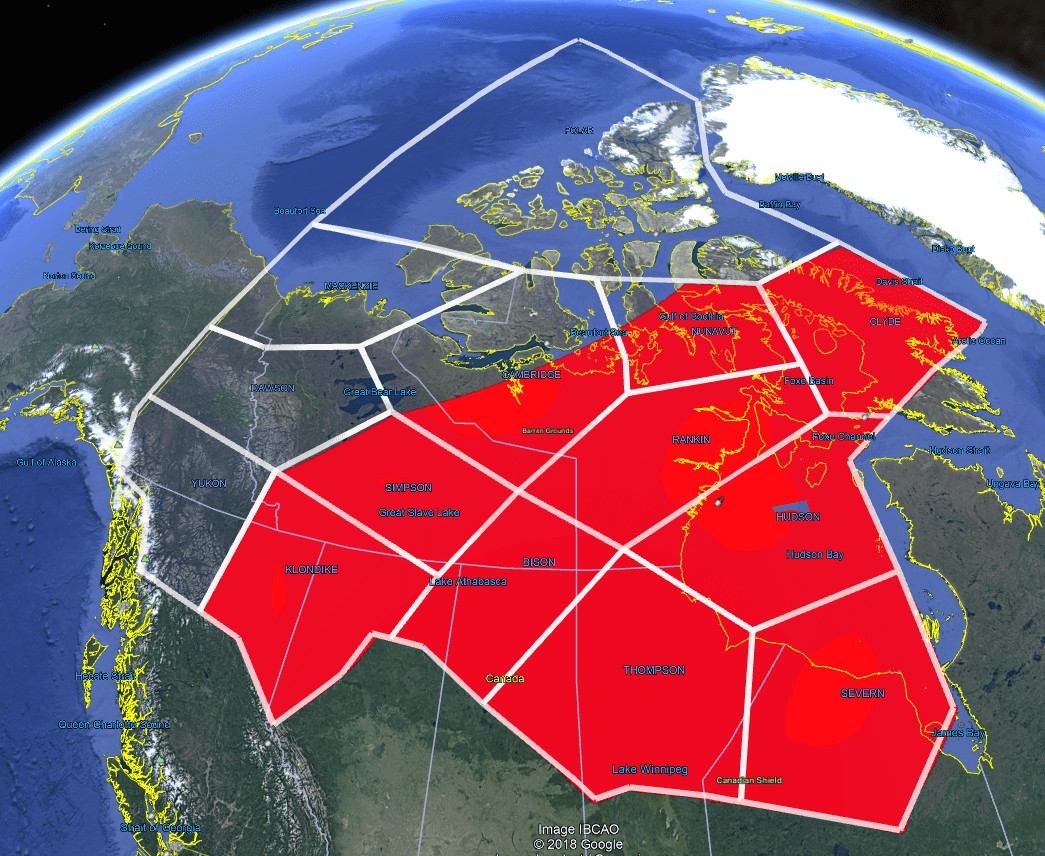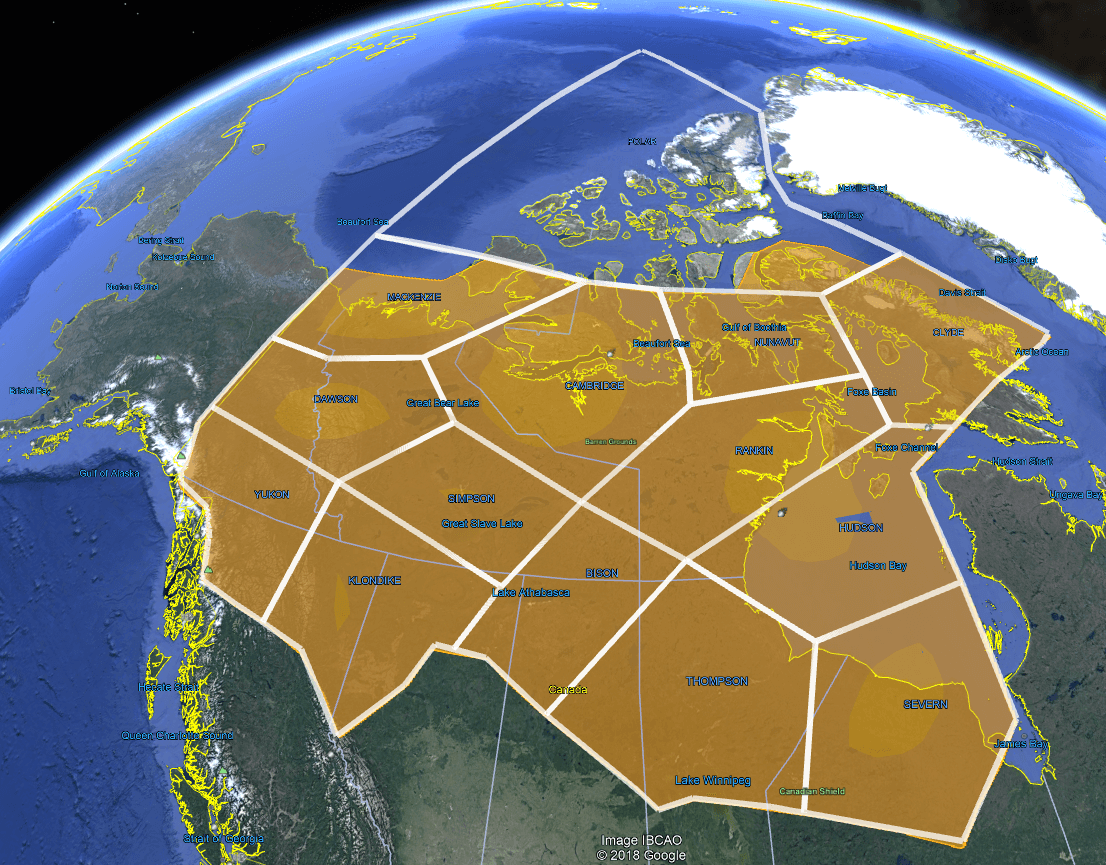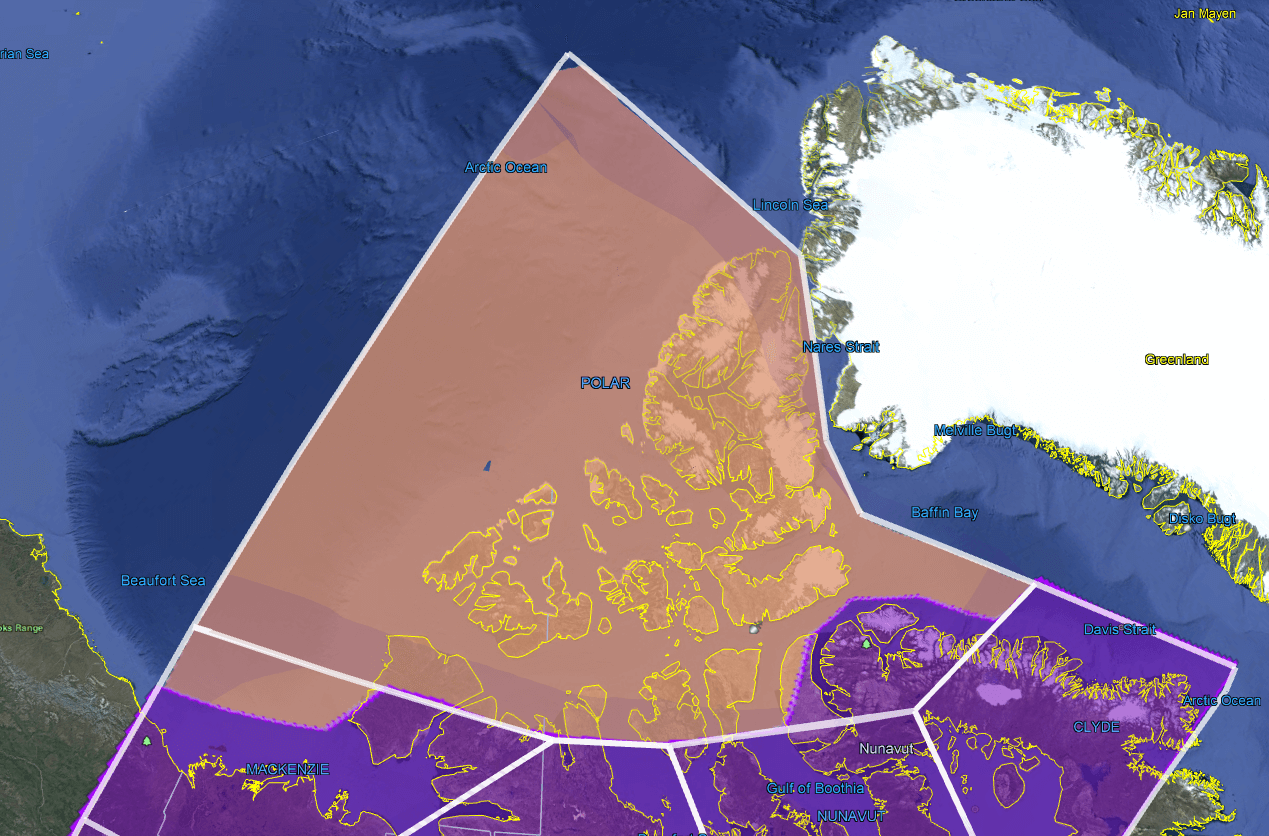







March 11, 2019
With all 75 Iridium NEXT satellites (66 operational payloads and nine spares) carrying Aireon’s space-based ADS-B payloads now in orbit, the countdown is on for deployment and use of the revolutionary technology worldwide.
For NAV CANADA, we are one significant step closer to be the first in the world to provide space-based ADS-B services to our customers.
Making final preparations
The final set of 10 satellites was lifted into space by a SpaceX rocket on January 11. The complete constellation of 75 Iridium NEXT satellites is now operating in low-earth orbit.
As of early February, the NAV CANADA team continued to test and validate the latest Aireon data, which is now processing more than 13 billion ADS-B messages per month – a number that is expected to grow once fully deployed.
A final test of all our ATM systems using Aireon data has also been successfully completed, ensuring the safety risks have been identified and mitigated.
“We would not be on the precipice of making history with space-based ADS-B, which will yield unprecedented safety benefits, without tremendous commitment from all involved NAV CANADA employees,” says Ben Girard, Vice President, Operational Support and Head, Space-based ADS-B Program Implementation.
“Aireon’s technology is a game-changer for the world. As we lead the way in a new era of global air traffic surveillance, we will continue to bring more safety and efficiency benefits to our customers.”
Set to go operational in Canadian-controlled airspace end of March
Space-based ADS-B in Canadian-controlled airspace is set to go operational end of March – in both the Edmonton Flight Information Region (FIR) domestic airspace and the Gander FIR domestic airspace.
A few days later, a two-phased implementation will commence in the Gander oceanic airspace.
The first phase will consist of a reduced longitudinal standard (of either 14 or 17 nautical miles). Phase 2 will see implementation of a reduced lateral separation standard of about 19 nautical miles (NM). The reduced separation standard approved by Transport Canada makes it possible for space-based ADS-B in Canada to meet its full potential.
Currently, separation standards over the North Atlantic are five minutes and 10 minutes longitudinal and 23NM and 60NM lateral. (Five minutes equates to roughly 40-45 miles in distance).
In Edmonton, implementation will occur in three phases, which will give controllers a chance to gradually adapt to the technology and be confident in its performance.
Phase 1
The Aireon signal will be turned on in airspace where there is already surveillance coverage (i.e., radar and ground-based ADS-B services).

Phase 2
The Aireon signal will be turned on in airspace with VHF radio frequency.

Phase 3
The Aireon signal will be used in non-VHF airspace, with CPDLC (controller-pilot data link communications) availability and surveillance standards that allow for reduced separation of aircraft to between 14 and 19 nautical miles.

This technology will increase safety through the continuous surveillance capabilities of mountainous area operations, oceanic, and remote airspace, eliminating service gaps over regions with limited infrastructure or coverage.
For the first time, aviation stakeholders around the world will be able to take advantage of a 100 percent global air traffic surveillance system, and Canada is leading the way.